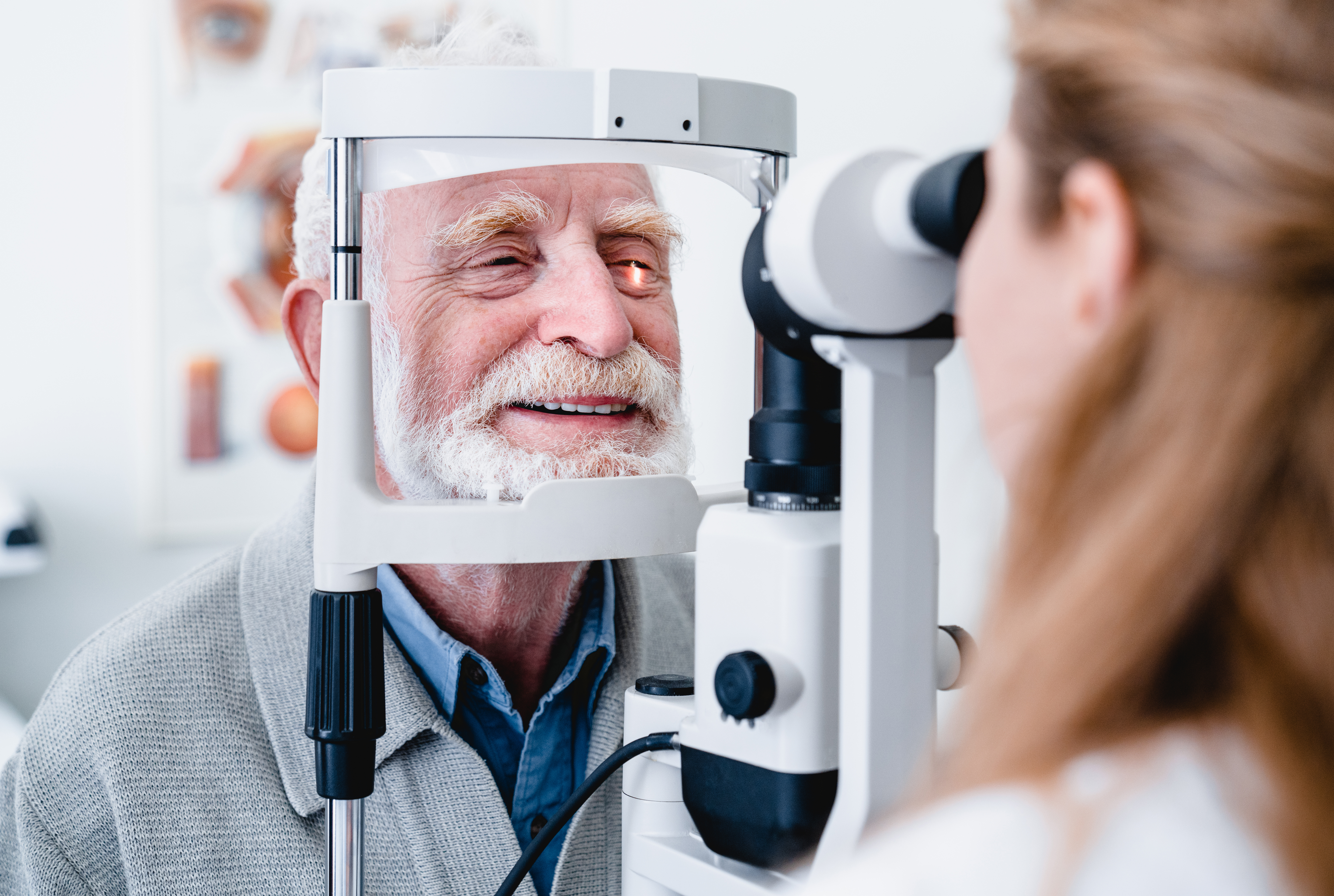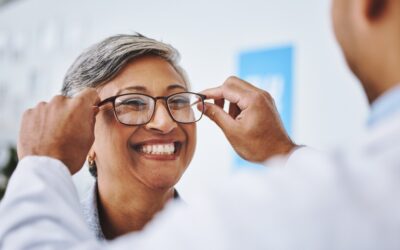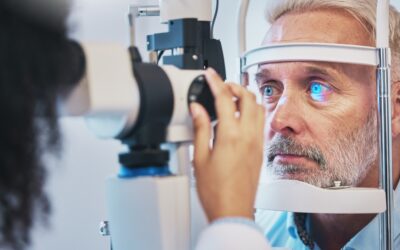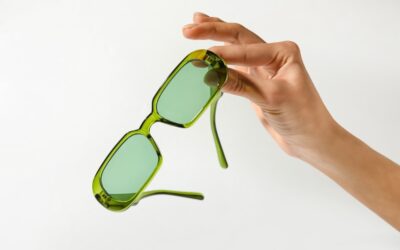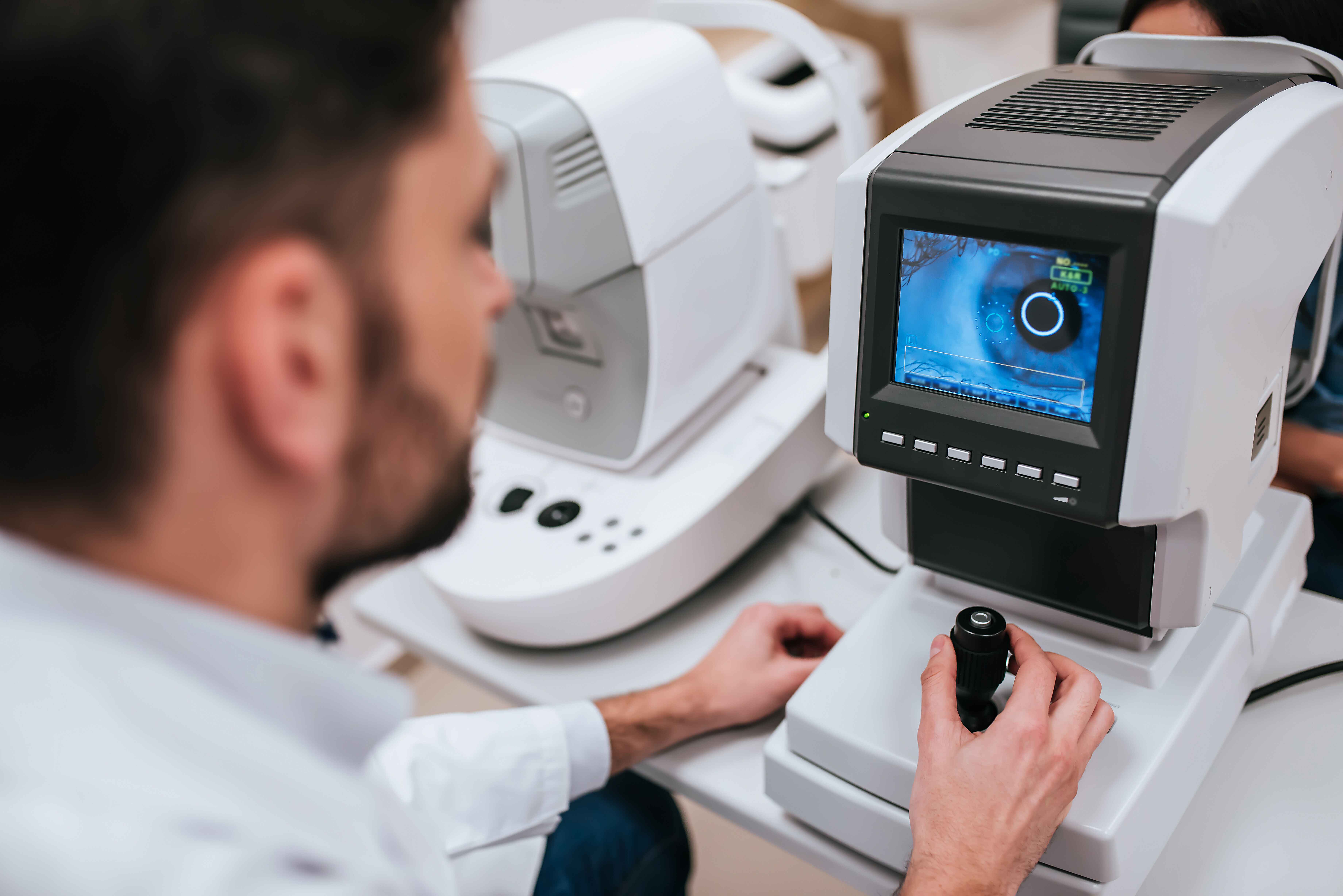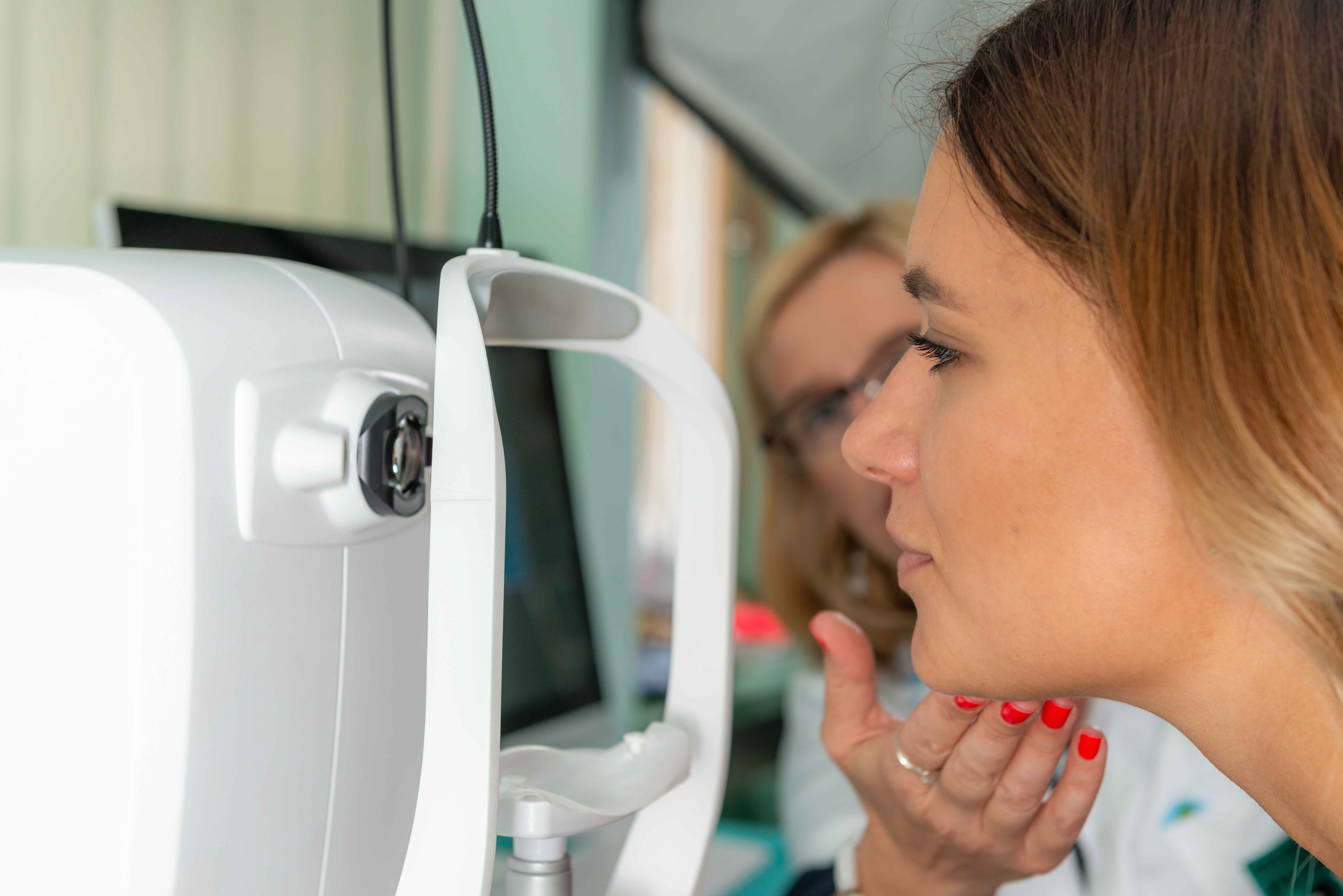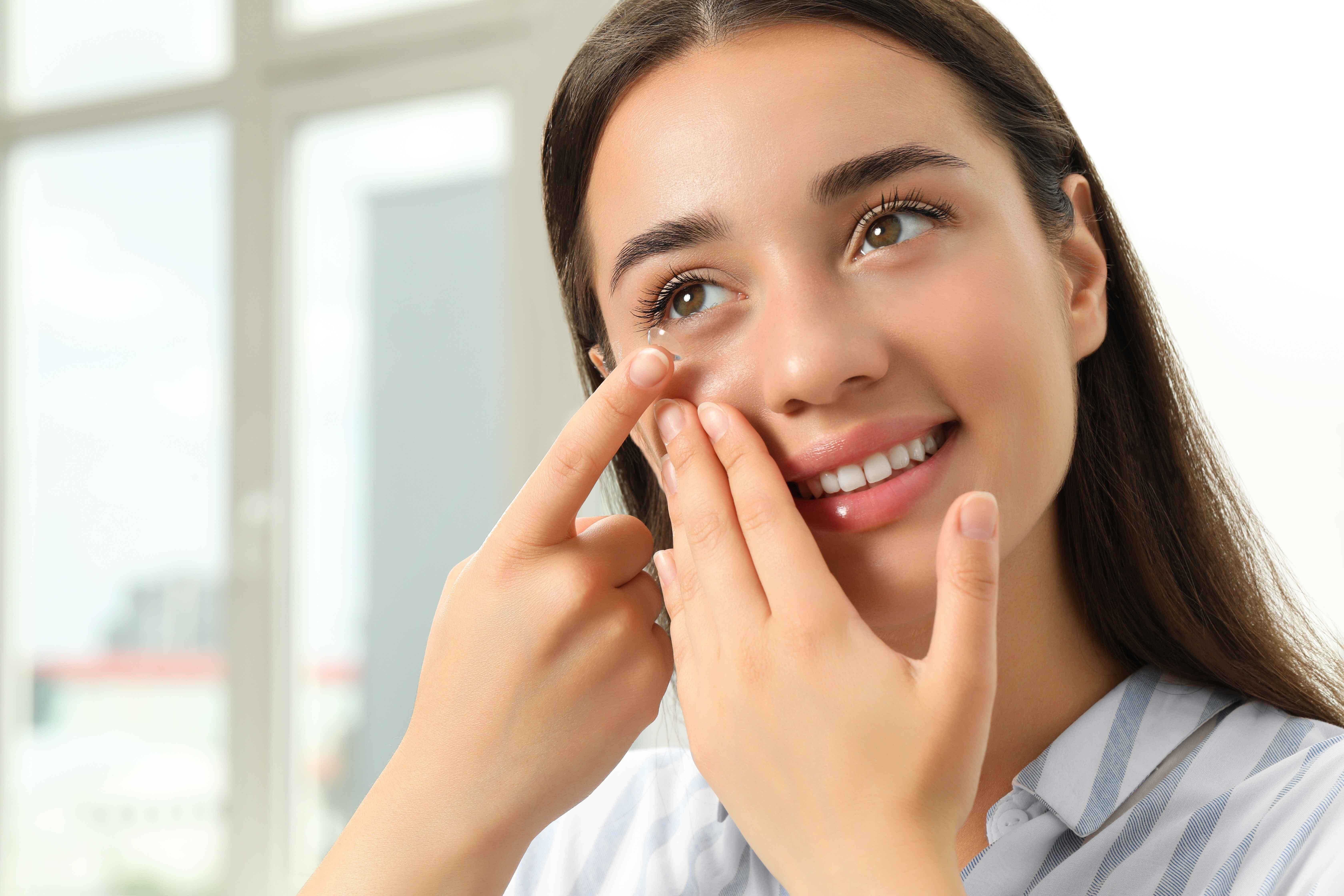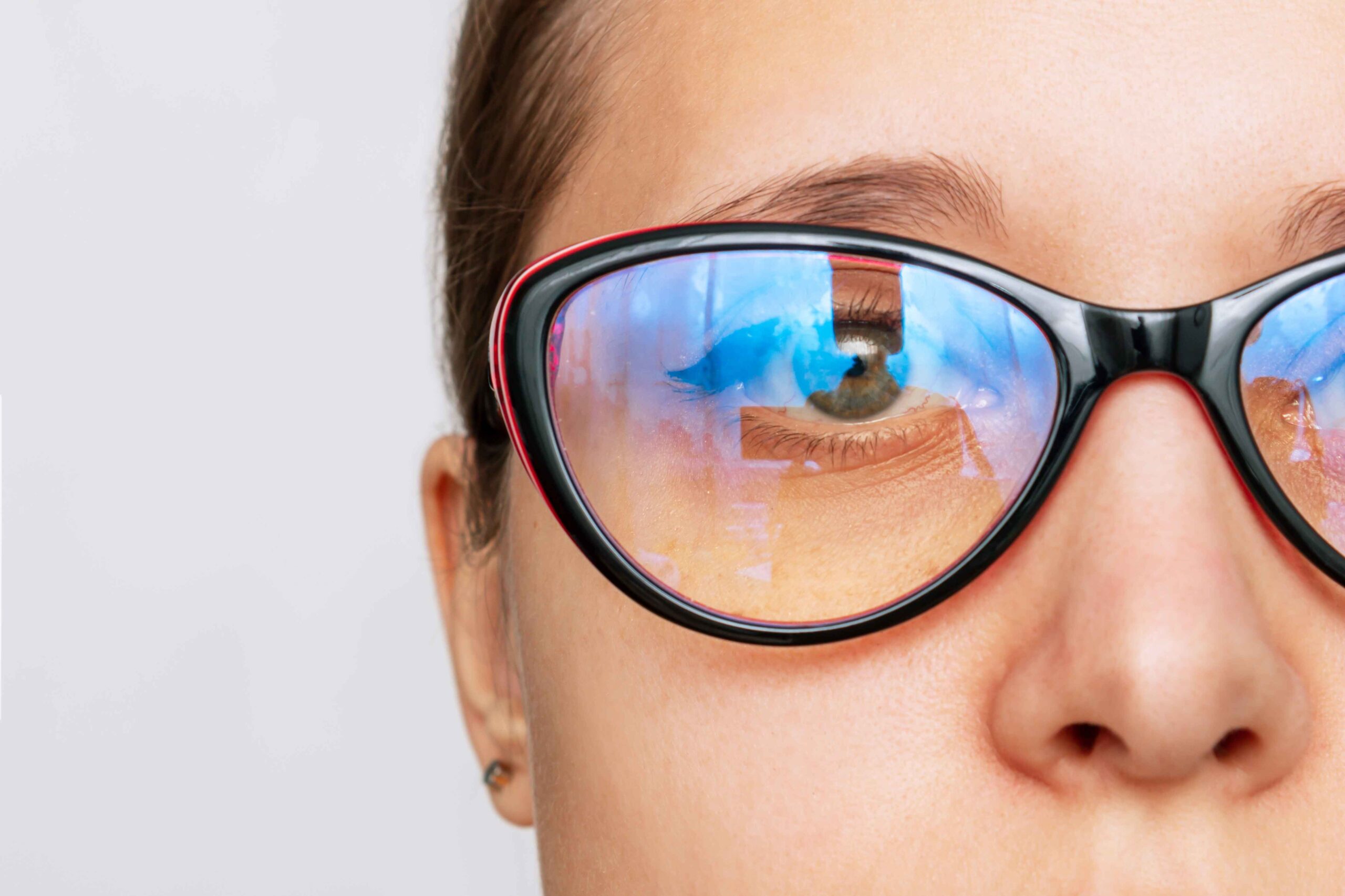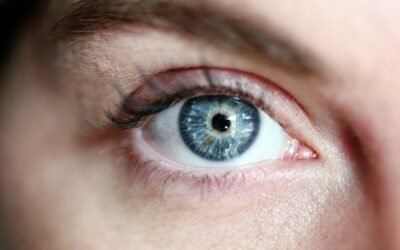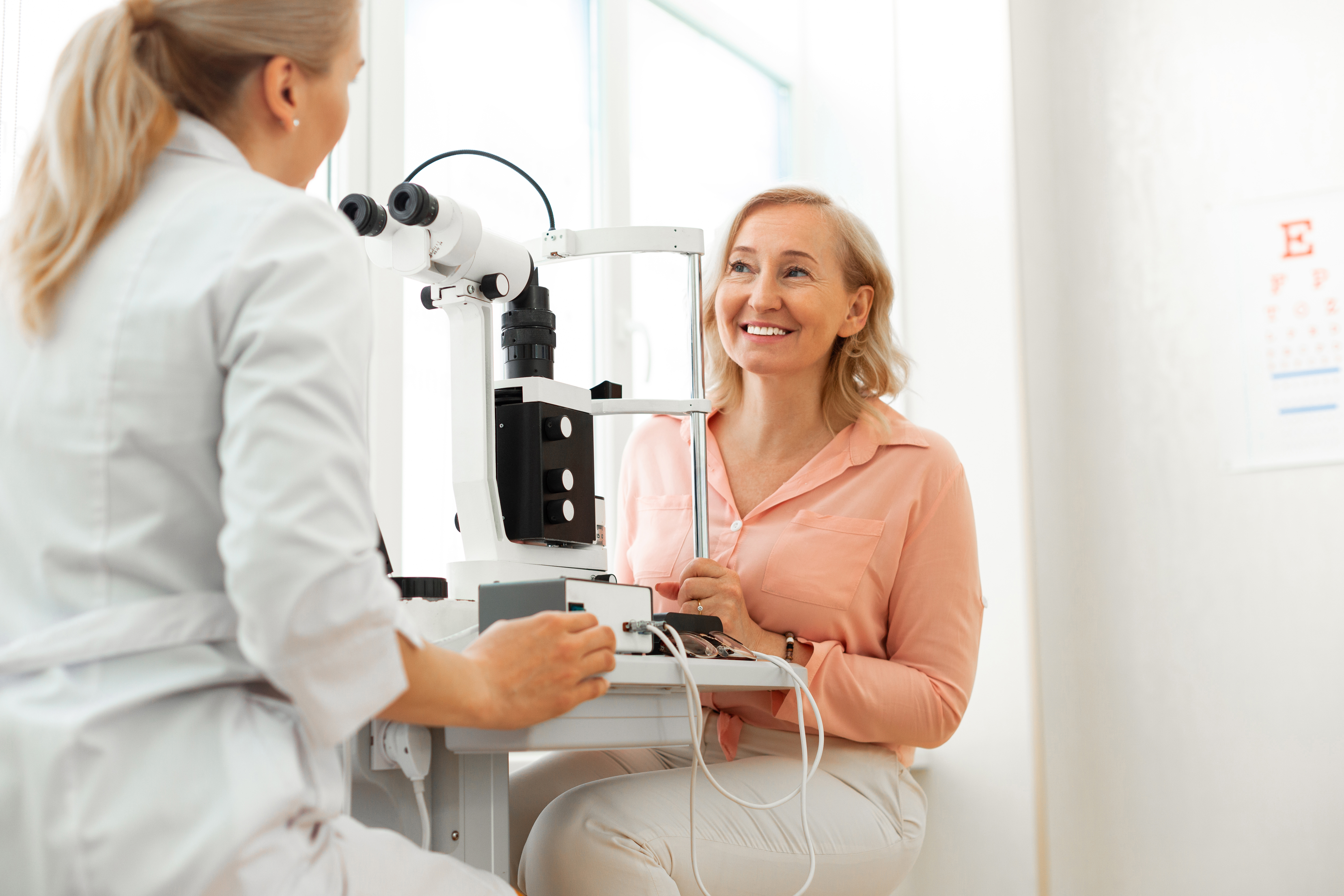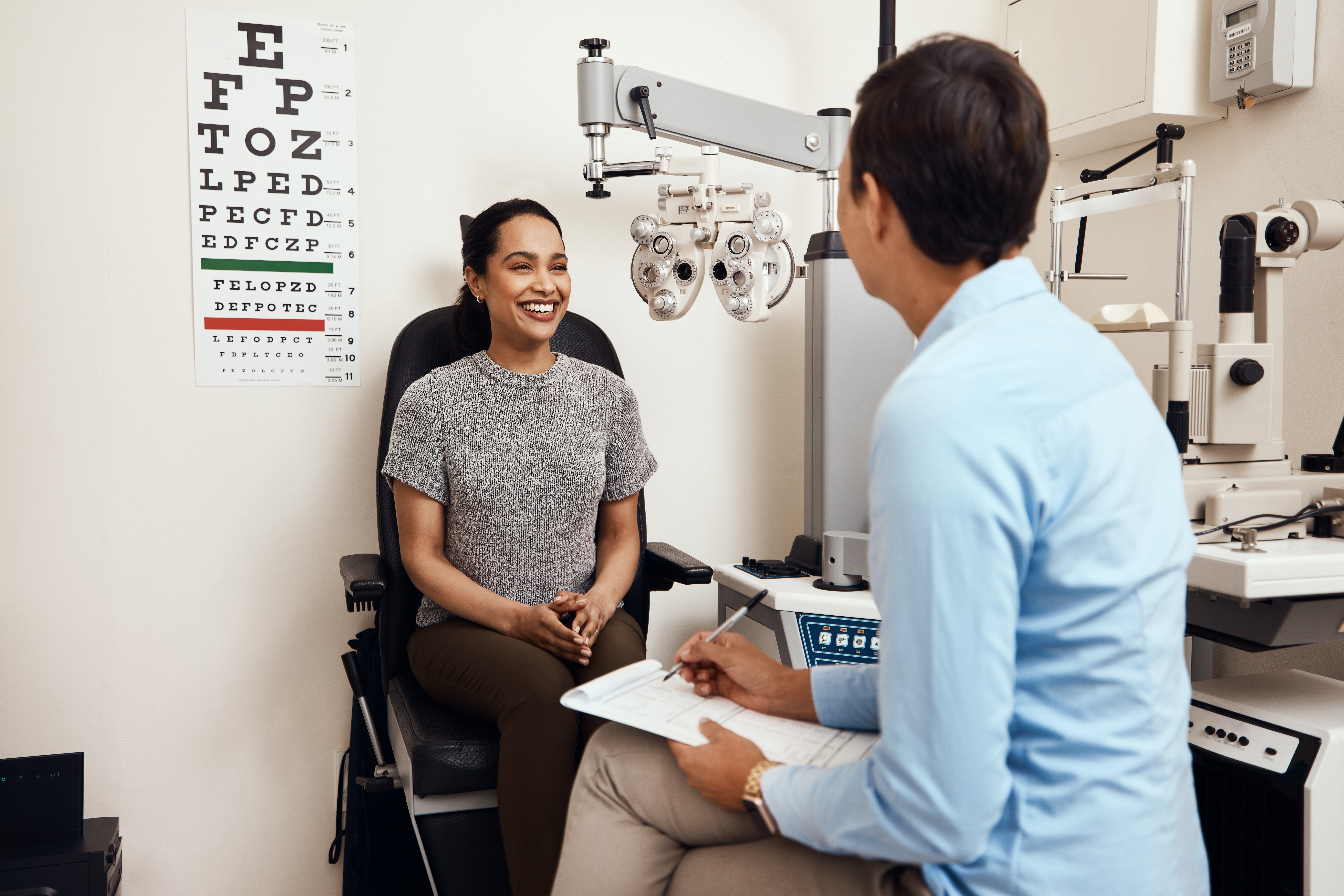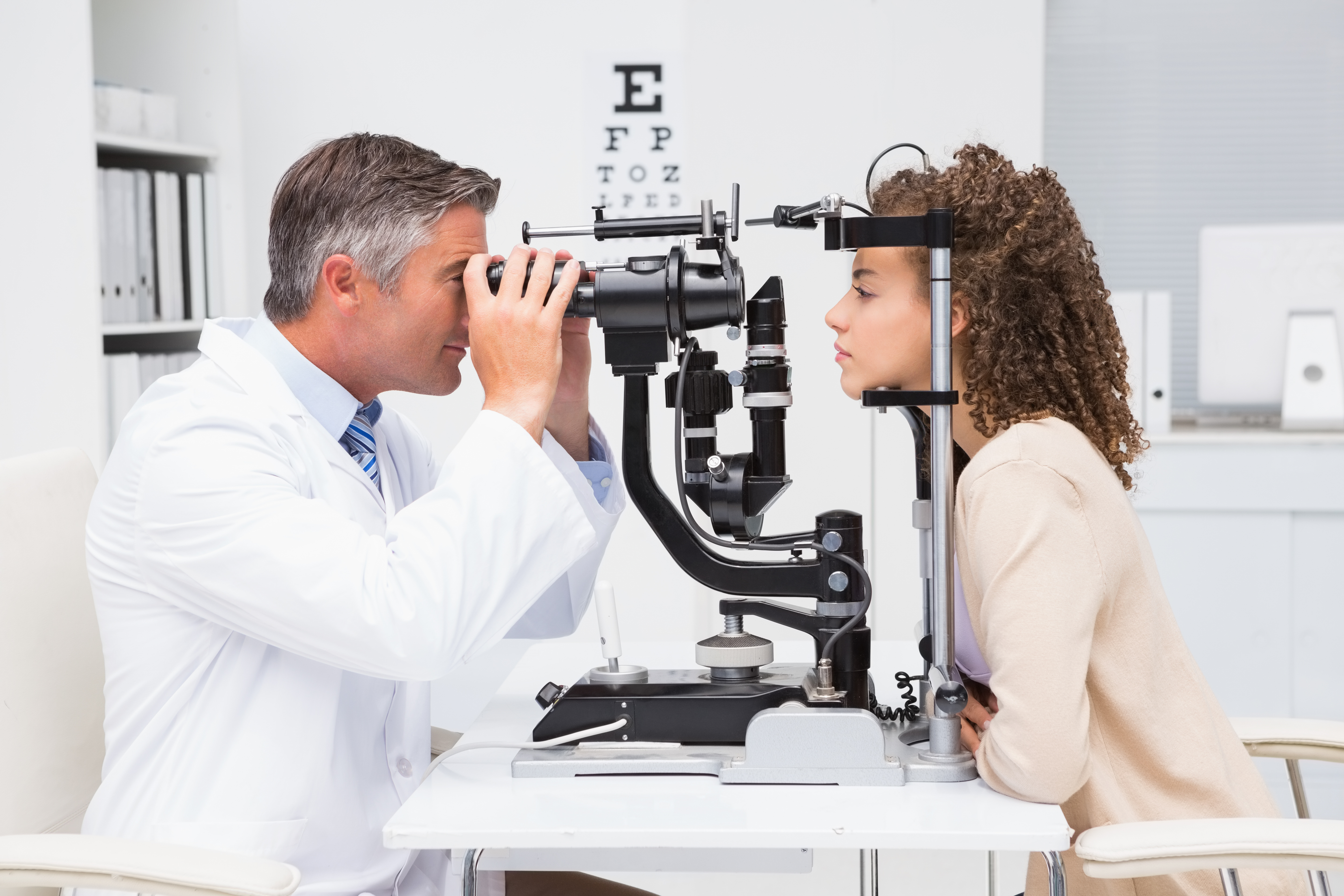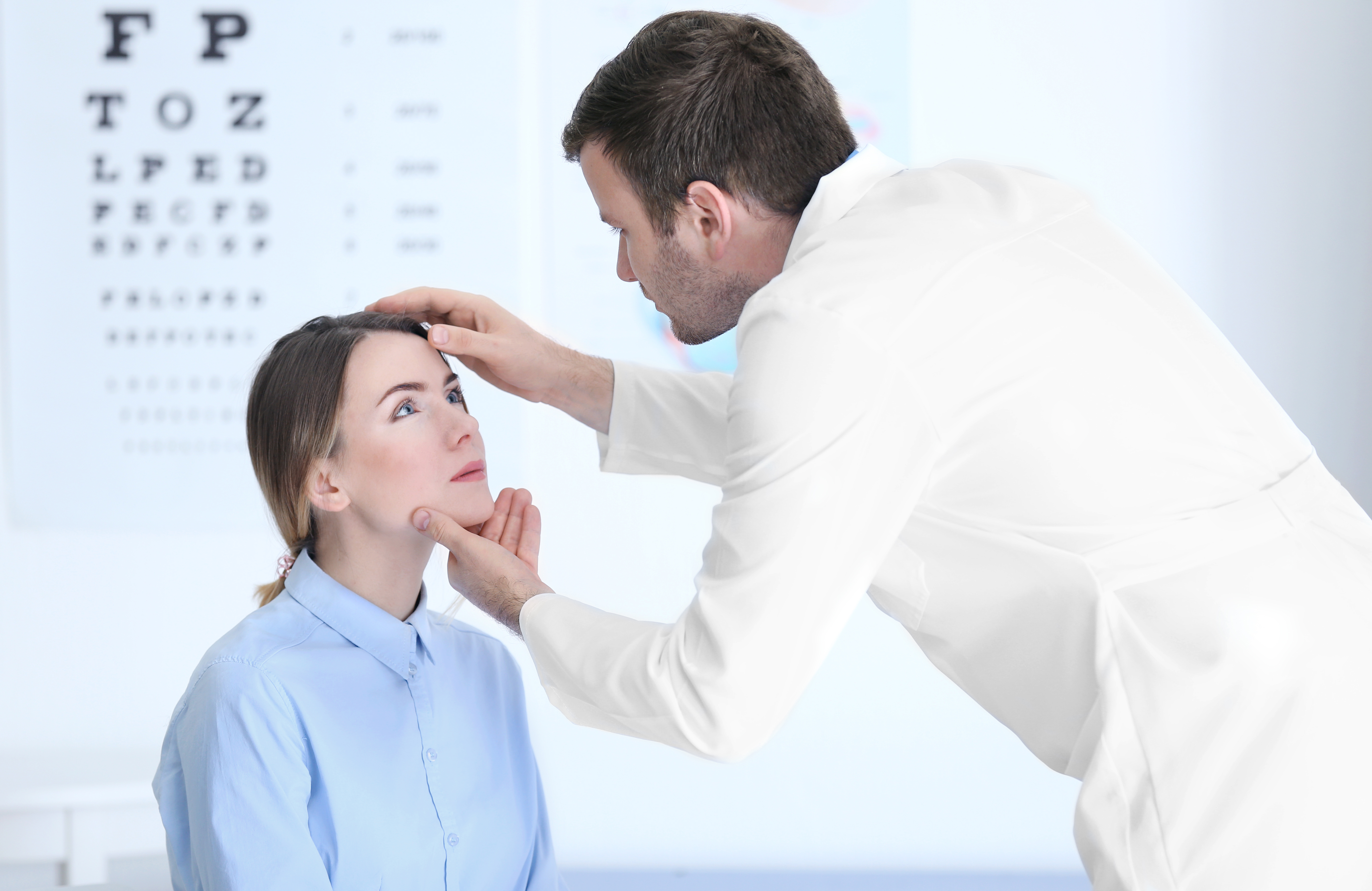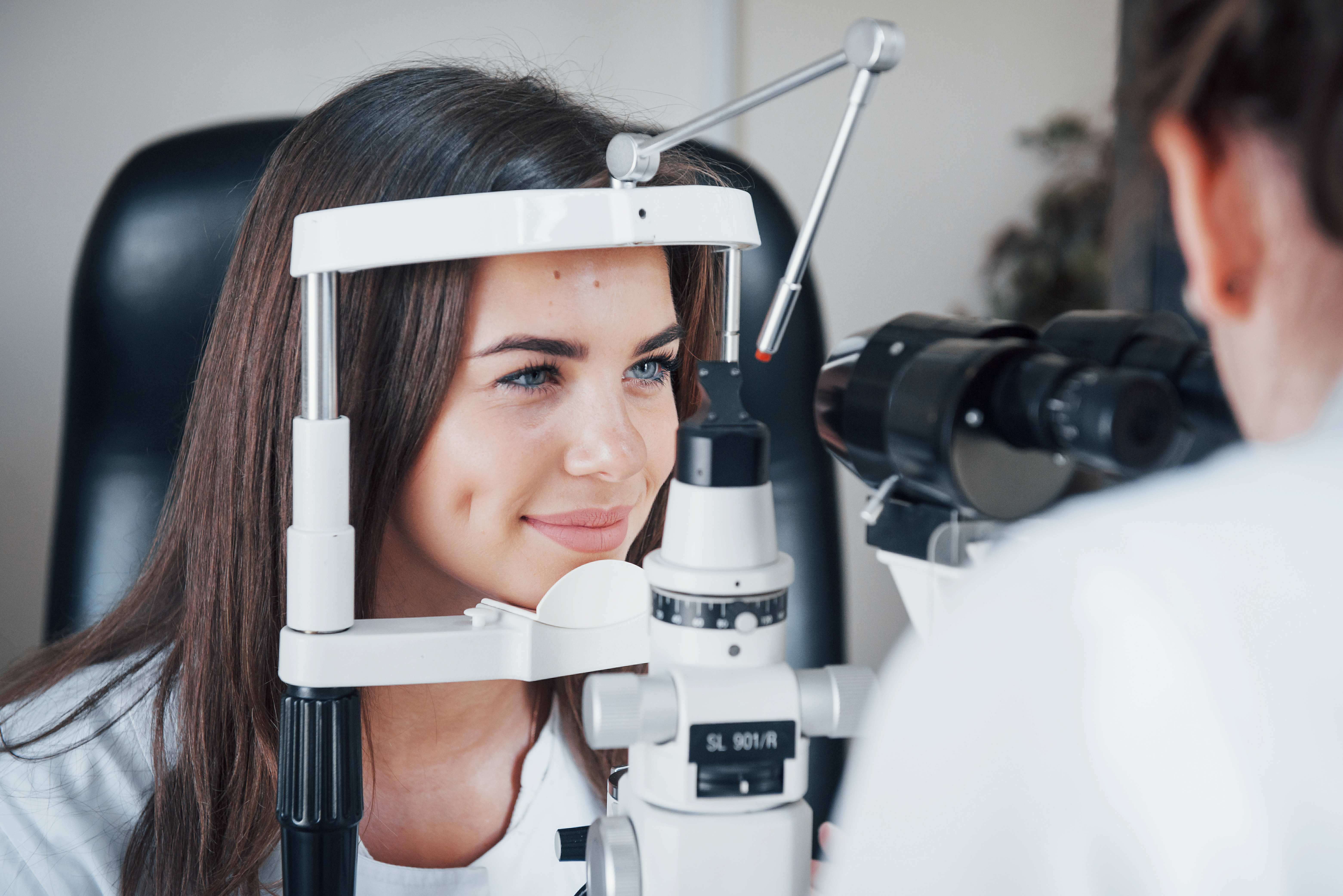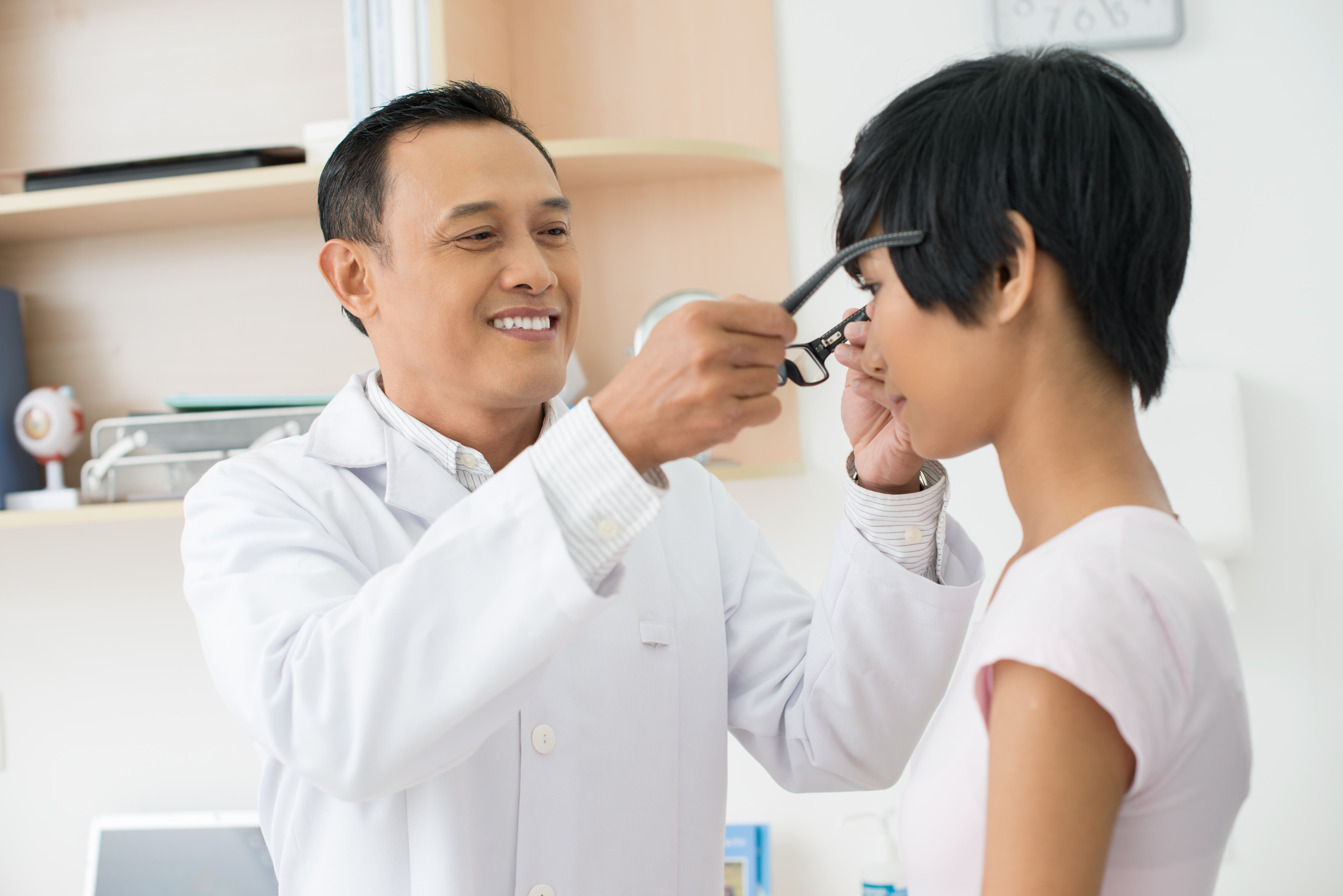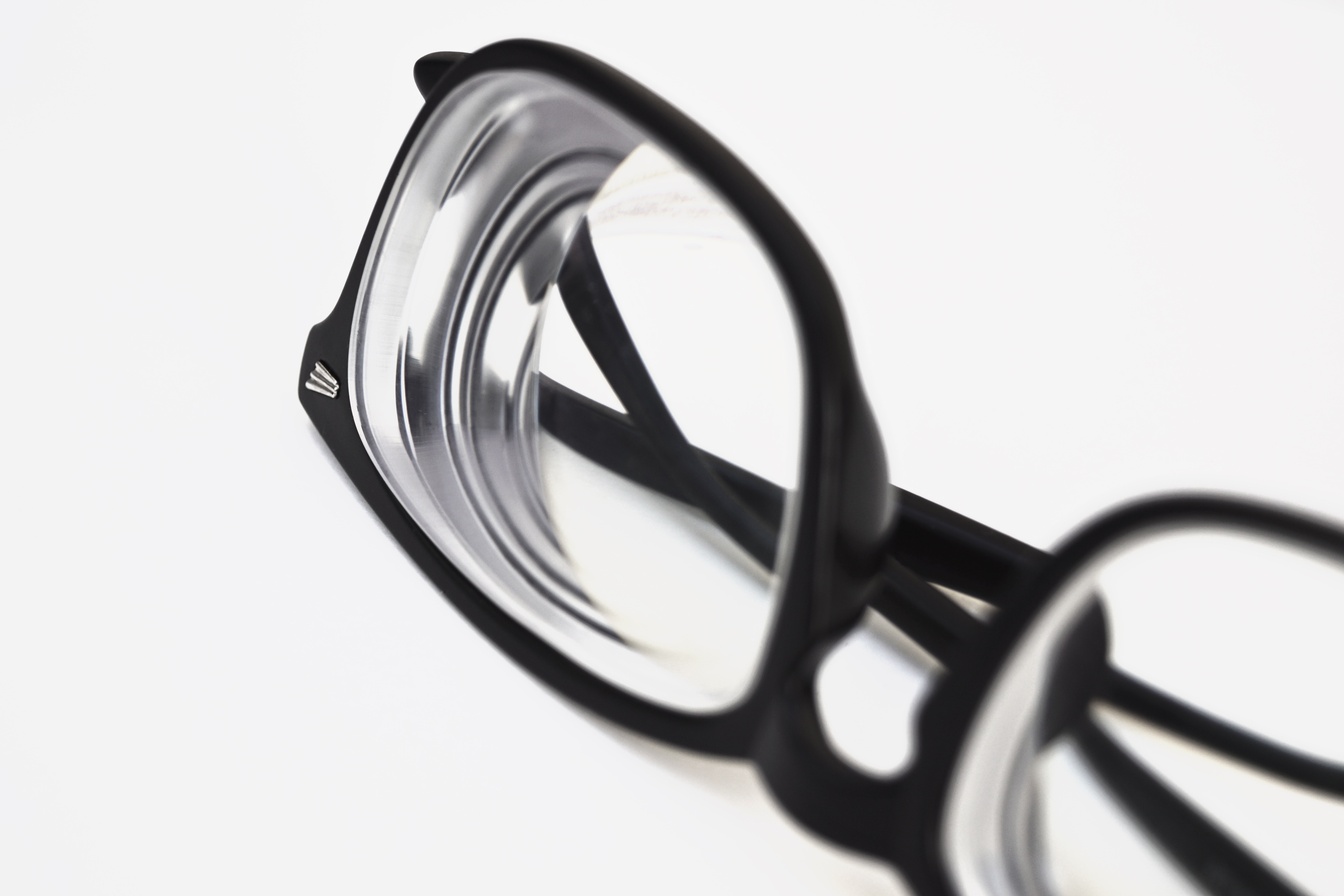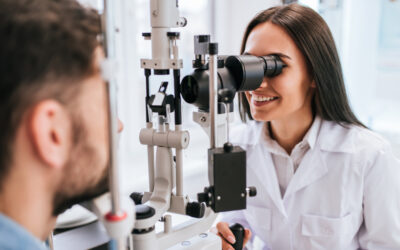Table of Contents
Since 1900, the percentage of Americans over 65 has almost quadrupled. Yet, only a handful of these individuals live in institutional settings. Therefore, access to quality healthcare, especially eye care, is an issue. That’s especially true since these providers must understand the unique healthcare needs of older adults.
Because of these unique needs, most brokers’ standard eye care plans might not adequately take care of older adults. However, some things are the same for all vision care plans, whether for children or adults.
Preventative care is always more cost-efficient than corrective care. A vision care plan broker must offer a range of plans that address the five areas below. Otherwise, older adults might struggle with age-related eye disease in their final years instead of enjoying these moments.
Eye Care Doesn’t Just Involve Eye Care
The body is a single unit. Arms, legs, kidneys, and other components aren’t separate from each other. The eyes are no different. Proper nutrition doesn’t just affect things like body weight and energy level. Adequate nutrition also affects eye health.
That old story about carrots being good for your eyes is accurate. Carrots, like spinach, squash, sweet potatoes, broccoli and kale, have high antioxidant, lutein and beta-carotene levels. All these nutrients help prevent age-related eye disease.
Lutein is especially good for the over-65 crowd. This carotenoid, especially if in food, lowers the risk of and may even prevent age-related macular degeneration. AMD, which impairs direct, straight-ahead vision, is the leading cause of severe sight impairment, including blindness, for people over 65.
Researchers have also connected lutein with effects like improved cognitive function, lower risk of cancer, and improved cardiovascular health. Other foods with high lutein levels include bell peppers, corn, pistachio nuts and eggs.
Use Eye Protection to Guard Against Common Eye Conditions
Putting on a pair of sunglasses is one of the best things people of any age can do for their eyes. The American Optometric Association suggests that people look for the following qualities when they shop for sunglasses:
-
100 Percent UV Ray Blockage: Ultraviolet rays cause cataracts, cancer, and numerous other problems. Plastic lenses block some radiation, but only a special chemical coating gets blockage to the recommended threshold. Some labels have statements like UV absorption up to 400nm. That’s the same thing as 100% blockage.
-
Dark Tint and Clear Color Perception: The tint should be dark enough to protect your eyes in bright sunlight, however, the color of the tint should not interfere significantly with your color vision. This is particularly important when driving. Polarization also helps with glare from horizontal surfaces.
-
Wraparound Style: If the lenses only cover your eyes, enough UV radiation leaks in to cause eye damage. If the glasses are not contoured, the AOA recommends looking for temple arms thick enough to shield your eyes from the side.
-
Impact-Resistant: Government rules set minimum standards for impact resistance, but that’s just what they are. Polycarbonate lenses provide maximum protection. There’s some tradeoff, as polycarbonate scratches easier than plastic.
We should briefly address some sunglasses myths. Mirror sunglass lenses don’t necessarily offer more UV ray protection, and lens darkness doesn’t affect UV light-blocking ability.
On a related note, older people should go the extra mile regarding trauma injury eye protection. Wearing eye protection while mowing the lawn might seem like overkill, but it’s a necessary precaution for older people with slower reflexes.
Stop Smoking
This life change is much easier said than done. Many older people became addicted to cigarettes when tobacco companies advertised aggressively and manipulated nicotine levels. But it’s a necessary life change for eye health as well as overall health. Smoking doubles the risk of AMD and triples the risk of a cataract.
In its early stages, AMD is entirely asymptomatic. An optometric eye exam is the best and often the only way to spot AMD while it’s still easily manageable or reversible. Advanced AMD symptoms include face blindness (inability to recognize familiar faces), a blurry spot in your vision, overall blurred vision, and straight lines which look wavy.
AMD symptoms increase the risk of a serious fall. Due to their physical and psychological injuries, most fall victims over 65 are unable to live independently again.
AMD is degenerative. Stopping smoking won’t reverse the condition, but this effort will probably keep the situation from worsening.
Wear Prescription Glasses
Prescription eyewear does more than clarify vision. It reduces eye strain which can reduce headaches, increase overall energy levels and promote a better sense of well being.
Many people combine preventative measures. For example, prescription sunglasses or transitional lenses are a little more expensive than regular lenses, but the investment usually pays off.
Have Regular Checkups
If you’re over 65 and ignore everything else on this list, please don’t ignore this last area. Conditions like AMD and cataracts are almost impossible to self-diagnose, at least in their early stages.
Optometrists run standard and accurate tests for these conditions and others, such as glaucoma. Furthermore, routine eye exams often warn patients about other health problems, like hypertension, diabetes and high cholesterol.
Brokers should stay current on the latest research and recommendations for eye care for older adults to ensure they educate their clients on the best care possible. With the proper knowledge, they can provide guidance on the best vision care and preventive care for their elderly patients.
